- News
- Reviews
- Bikes
- Accessories
- Accessories - misc
- Computer mounts
- Bags
- Bar ends
- Bike bags & cases
- Bottle cages
- Bottles
- Cameras
- Car racks
- Child seats
- Computers
- Glasses
- GPS units
- Helmets
- Lights - front
- Lights - rear
- Lights - sets
- Locks
- Mirrors
- Mudguards
- Racks
- Pumps & CO2 inflators
- Puncture kits
- Reflectives
- Smart watches
- Stands and racks
- Trailers
- Clothing
- Components
- Bar tape & grips
- Bottom brackets
- Brake & gear cables
- Brake & STI levers
- Brake pads & spares
- Brakes
- Cassettes & freewheels
- Chains
- Chainsets & chainrings
- Derailleurs - front
- Derailleurs - rear
- Forks
- Gear levers & shifters
- Groupsets
- Handlebars & extensions
- Headsets
- Hubs
- Inner tubes
- Pedals
- Quick releases & skewers
- Saddles
- Seatposts
- Stems
- Wheels
- Tyres
- Health, fitness and nutrition
- Tools and workshop
- Miscellaneous
- Buyers Guides
- Features
- Forum
- Recommends
- Podcast
TECH NEWS
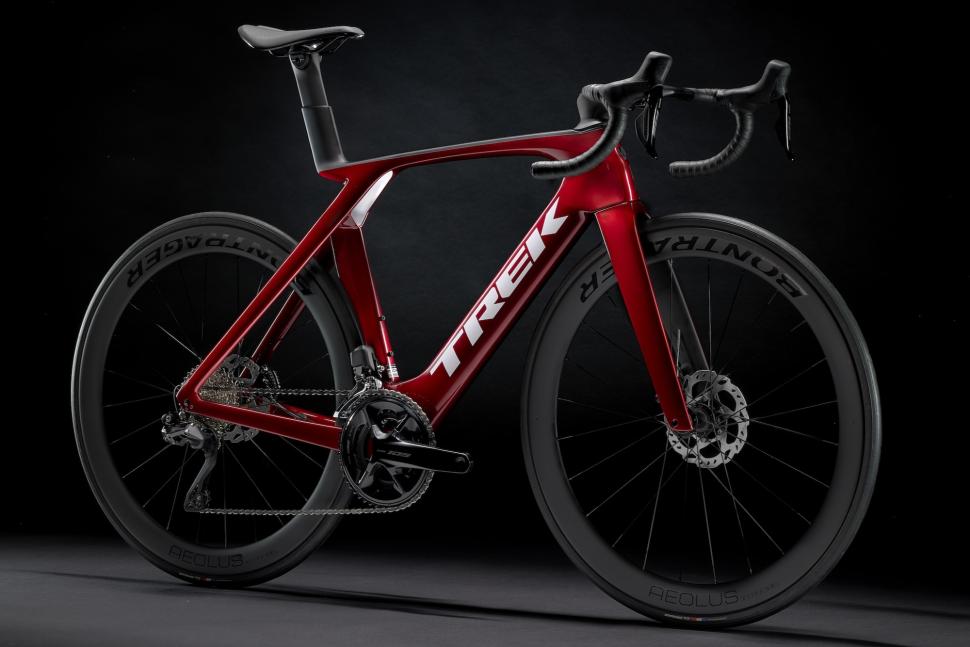 2024 Trek Madone SL - 2.jpeg
2024 Trek Madone SL - 2.jpegTrek launches “fastest and lightest Madone SL ever” with trickle-down IsoFlow tech from top-end SLR model
Trek has launched what it describes as “the fastest and lightest Madone SL ever”, the new models featuring IsoFlow technology, the distinctive seat tube design that was introduced on the top-level Trek Madone SLR last year with the aim of reducing aerodynamic drag and improving comfort.
> Trek releases radical Madone SLR, its “fastest road race bike ever”
“This new addition to Trek's ultimate race bike line-up is available at a more affordable price point thanks to a 500 Series OCLV carbon frame, two-piece flared RSL aero handlebar and RCS Pro stem that keeps things light, fast and a bit more economical while maintaining the bike's premium aesthetics and podium-topping performance,” says Trek.
The existing Madone SLR uses Trek’s higher-grade 800 Series OCLV carbon and an integrated handlebar/stem. Whereas stock Madone SLRs start at £7,600 (for the Shimano 105 Di2-equipped SLR 6), Madone SLs are priced from £5,625 (for the Madone SL 6, also fitted a Shimano 105 Di2 groupset).
Trek says these are the only differences between the Madone SL and the Madone SLR. The tube profiles and geometries are exactly the same.
The IsoFlow technology – which takes over from the IsoSpeed found on previous Madone SLs – means that the tube splits in two, each section going on to join one of the seatstays. The seat tube then resumes out of the top tube to house the aero seatpost. IsoFlow is designed to improve aerodynamics, flex over bumps to smooth the ride, and save weight over previous Madones.
When IsoFlow was introduced on the Madone SLR, Trek’s senior design engineer Alex Bedinghaus said, “We can accelerate the air around the head tube and into this low-pressure zone behind the rider, making the rider and bike more aerodynamic and faster.
“It also has this cantilevered seat tube and really optimises weight, aerodynamics and compliance. It’s a unique solution that gets us to a lighter weight system than what we had before, and beats our aerodynamic goals by quite a bit.”
Trek says that this seventh-generation Madone SL is nearly 300g lighter than the previous version and “54 seconds per hour faster at 45km/h [28mph]”. Obviously, that statement doesn't quite make sense; what Trek means is that improved aero efficiency means you’ll ride faster than 45km/h for the same power output on the new bike.
Each Madone SL Gen 7 model is built up with a separate Bontrager RSL Aero handlebar (a flared design with a reach of 80mm and a drop of 124mm) and Bontrager RCS Pro stem rather than the combined unit found on the Madone SLRs. That said, the Madone SL is compatible with the Madone SLR bar/stem if you want to go down that route in the future, you just need to use the right bearing cover and spacers.
The Madone SL Gen 7 is compatible with electronic drivetrains only, so we won’t see a Shimano 105 12-speed mechanical model when that new groupset is finally released.
As previously, Trek uses a T47 threaded bottom bracket. The Bontrager wheels specced on the Madone SL Gen 7 bikes are tubeless compatible, but the bike ships with standard inner tubes and non-tubeless compatible tyres and rim strips.
The saddle height is still adjustable (you have about 7cm of height adjustment) and you can choose between a short or a tall seat mast.
Geometry
The Madone SL is built to Trek’s race-focused H1.5 geometry with all of the key measurements being exactly the same as previously.
The 56cm model, for example, has an effective top tube of 559mm, a seat tube of 525mm and a head tube of 151mm. The head tube and seat tube angles are 73.5° and 73.3°, respectively. This frame has a frame stack height of 563mm and a reach of 391mm.
Trek offers eight frame sizes from 47cm to 62cm
Models, specs, weights and prices
Madone SL 6 Gen 7
Groupset Shimano 105 Di2
Wheels Bontrager Aeolus Elite 50
Claimed weight 8.40kg/18.52lb (size 56cm)
Price £5,652
Madone SL 7 Gen 7
Groupset Shimano Ultregra Di2
Wheels Bontrager Aeolus Pro 51
Claimed weight 8.00kg/17.64lb (size 56cm)
Price £7,500
Madone SL Gen 7 frameset
Claimed weight 1200g (frame only, painted, 56cm), 476g (fork only, painted)
Price £3,750
There are currently no SRAM-equipped versions of the Madone SL Gen 7, which is really odd for Trek. We assume they'll be coming at some stage but we're going to need to check that.
Mat has been in cycling media since 1996, on titles including BikeRadar, Total Bike, Total Mountain Bike, What Mountain Bike and Mountain Biking UK, and he has been editor of 220 Triathlon and Cycling Plus. Mat has been road.cc technical editor for over a decade, testing bikes, fettling the latest kit, and trying out the most up-to-the-minute clothing. He has won his category in Ironman UK 70.3 and finished on the podium in both marathons he has run. Mat is a Cambridge graduate who did a post-grad in magazine journalism, and he is a winner of the Cycling Media Award for Specialist Online Writer. Now over 50, he's riding road and gravel bikes most days for fun and fitness rather than training for competitions.
Latest Comments
- Jaijai 5 min 5 sec ago
Most likly not ,they will go as a new concern they won't take on liability for the old company
- Rendel Harris 5 min 8 sec ago
No, because the drugs can't get into your bloodstream through the skin and the amount transferred through licking your fingers etc would be...
- Rendel Harris 23 min 40 sec ago
$97,000 to fix injuries, the worst of which was apparently a broken nose. Think about that the next time you hear people slagging the NHS...
- Stephankernow 1 hour 13 min ago
Cost! Lack of thought?
- Bungle_52 9 hours 13 min ago
In case anyone missed it in yesterdays blog here are the two pevious articles. The second one contains the testimony from the driver....
- David9694 9 hours 21 min ago
The old role was appointed at the Mayor's pleasure; is in addition to the permanent staff of the Combined Authority. I'm not sure if Adam was an...
- Destroyer666 12 hours 47 min ago
Pretty clearly stated several times in the text that the issue was not related just to his son. And besides, everybody watching the races could see...
- Rendel Harris 13 hours 3 min ago
All Fizik and Selle Italia saddles (though not all their other products) are made in Italy I believe, and their 3D printed models definitely are.
- chrisonabike 13 hours 29 min ago
If you're not on the road with a car, I bet its driver is much less likely to swerve into your space *. Because you're not "in the way"! (Any...
- mdavidford 13 hours 45 min ago
The problem with this argument, though, is that it's just not true....
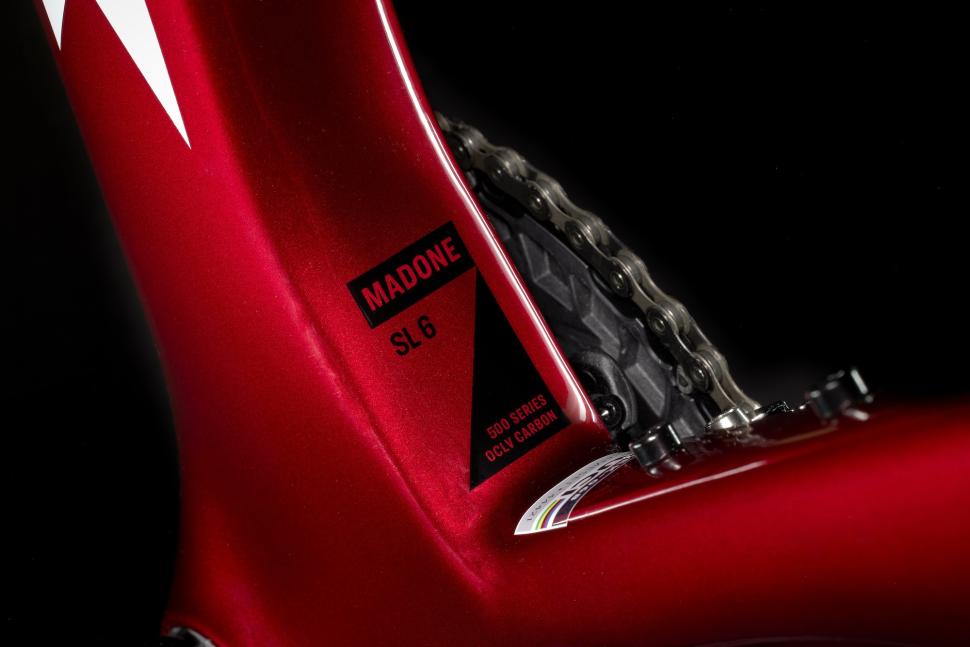
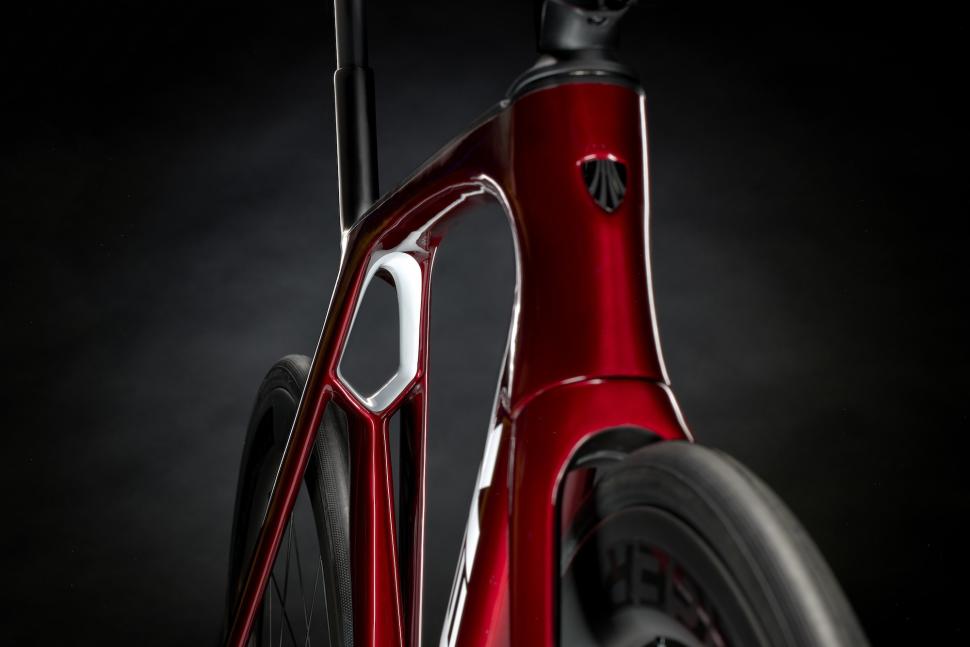
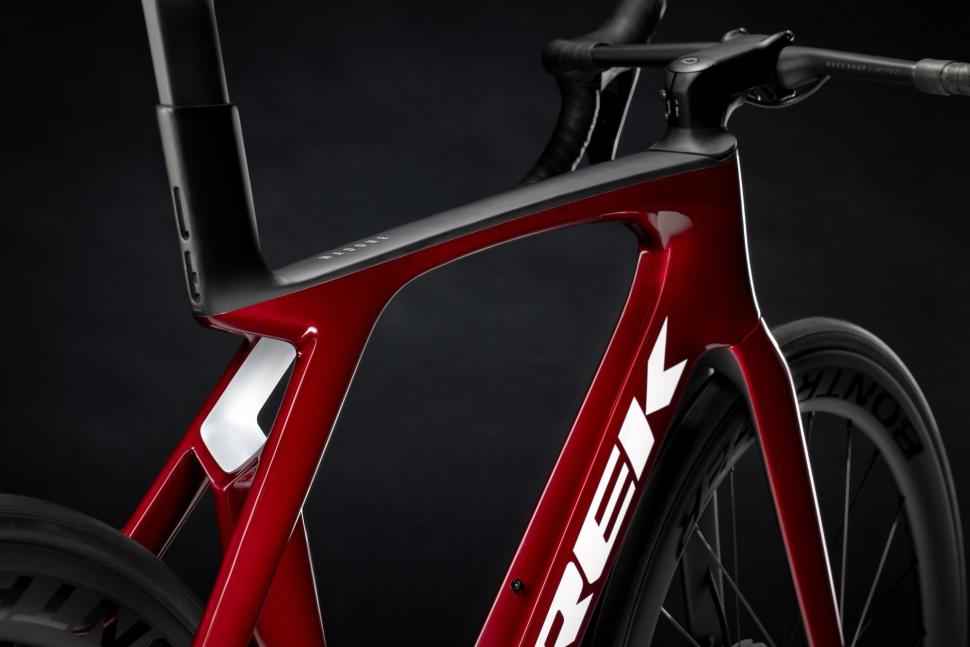

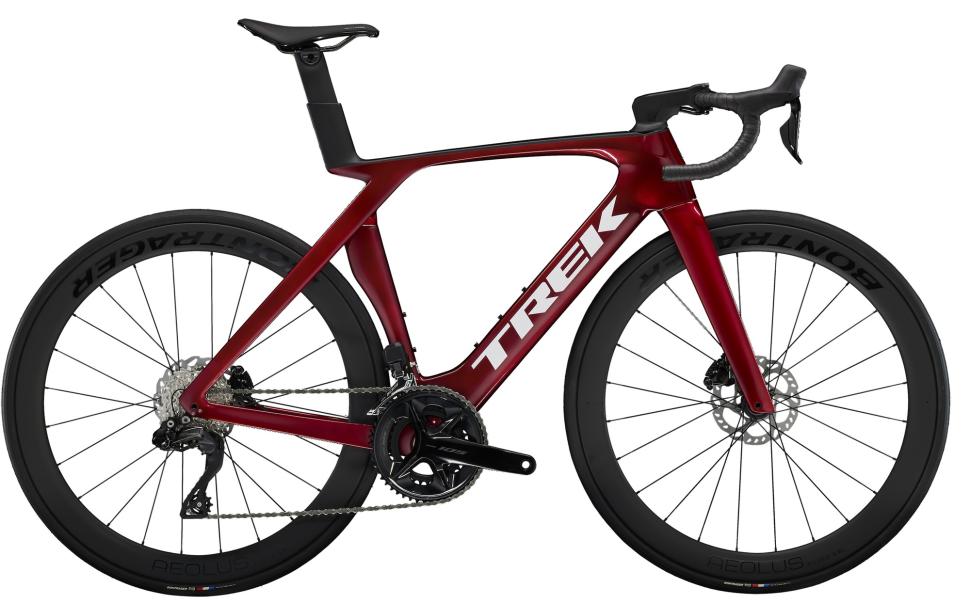

Add new comment
7 comments
I loved the last Madone. Was a monster of a bike going at full tilt. I only sold it for an Emonda. But I really find this version hard to love. It just looks too weird at the back. As others mention, it doesn't look like there is much scope for adjustment in the seat post. Though the same could be levelled at bikes like the Propel SL.
Silly design. How much seat post adjustability is there compared to a double diamond design and what guarantee is there that the frame wont fail at the seatpost/top tube junction in 5 years time?
Shame it doesn't come with some kind of integrated saddle bag in that notch at the back to help smooth the lines out and provide a real world useful function. I know it's not all about looks, but by God that looks fugly.
Wasn't it Max Pedersen's Madone that was seen at last year's Tour with his (or his mechanic's) cheese and ham baguette neatly wedged in the airhole?
Airhole or arsehole?
I really like it. I saw several models at Sigma Sports the other week. Wasn't so keen on the SLR prices.
A silly design in more ways than one, perhaps. It suffers not just the untried and untested (by time and lots of ordinary cyclist use) new-fangle frame design, with what looks like a bleeding edge or two, but also the dreaded "integration" of components - a euphemism for, "Can't fix or change them without vast amounts of time or money".
This rant-article says it well:
https://www.bicycling.com/bikes-gear/a44841682/component-integration-nig...